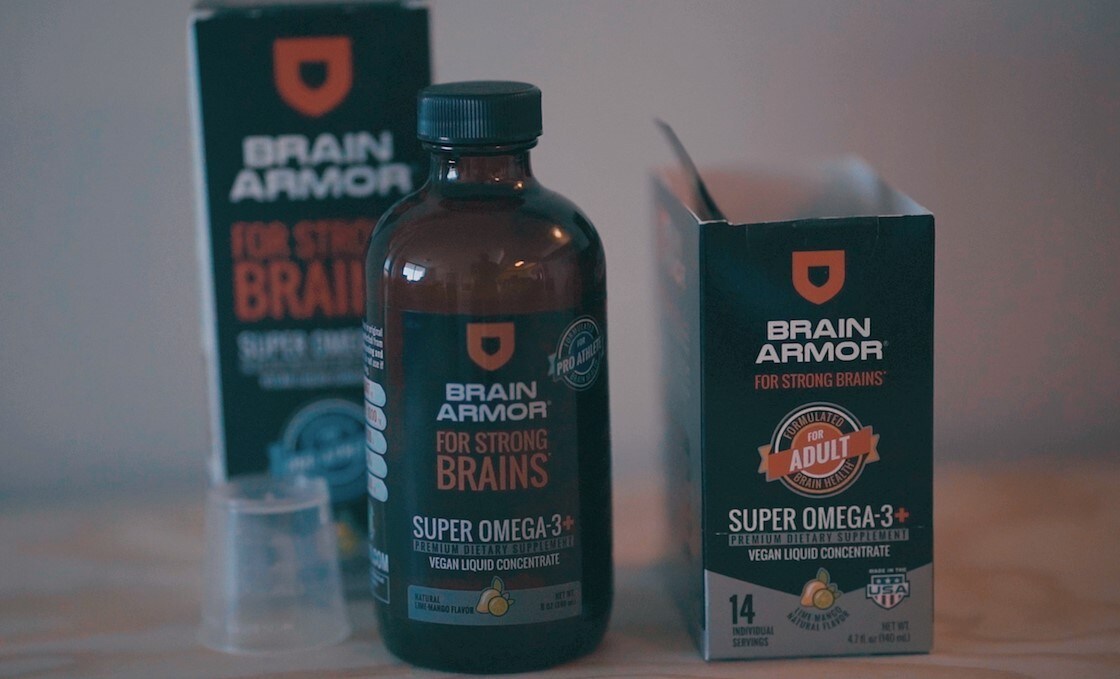Arachidonic acid, or ARA, is a polyunsaturated omega-6 fatty acid (PUFA) found throughout the body. It is the primary omega-6 fatty acid in the brain, representing about 48% of the omega-6 fats found there.1,2,3,4 Dietary sources of ARA include meat, poultry and eggs. In early life, breast milk is the dietary source of ARA (as well as DHA)5, as it always contains both ARA and DHA. Interestingly, ARA levels in breast milk are relatively stable regardless of the mothers’ diet, suggesting ARA’s biological importance in the developing infant.6,7
ARA and DHA are considered conditionally essential nutrients during early life8 and play key roles in the structure and function of human tissues, immune function, and brain and retinal development during gestation and infancy.9,10,11 Dietary sources of ARA and DHA are required to maintain ARA and DHA status in infants and young children due to poor conversion from their fatty acids precursors, linoleic acid (LA) and alpha-linolenic acid (ALA) respectively.12,13,14 A balance of ARA and DHA in the cell membrane is important as this impacts function of the cell. Although DHA and ARA have discreetly different functions, their metabolism and functional activity are intertwined, with health benefits best characterized together.15,16





